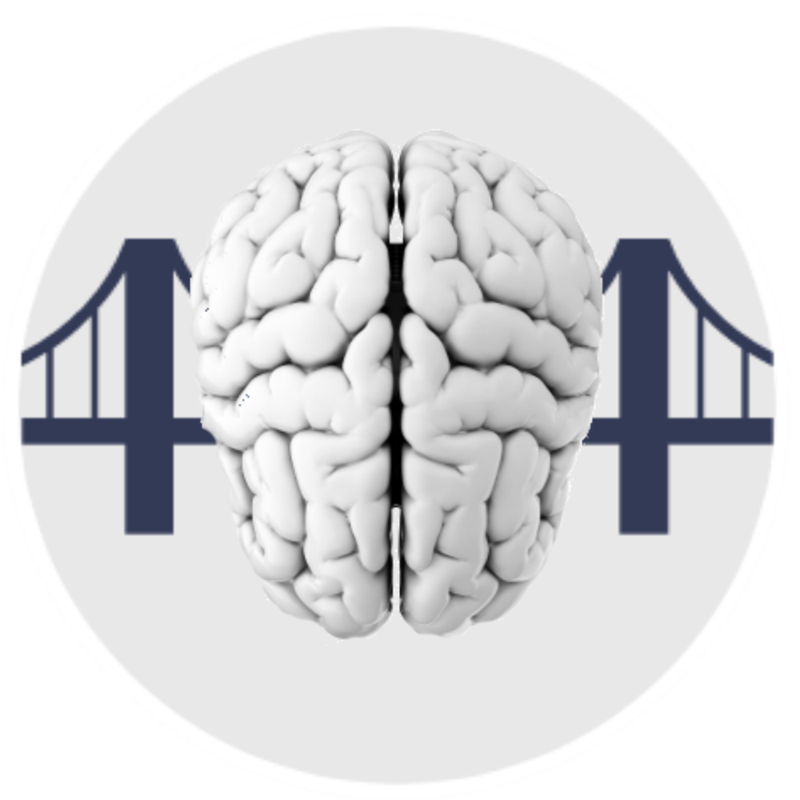What Are You Really Testing With Your Assessments?
by Janet Zadina on 07/21/17(Originally published February 2017)
We think we are testing content that we covered, but we may actually be testing
something totally different. When writing a test, we must keep in mind some important facts about brain processes.
A college that has invited me to speak asked me to address the issue of assessment, saying that if we are going to teach along the lines of how the brain learns, shouldn't we be assessing the same way. It isn't always easy to see the progression, so I thought this little article may be of help or at least start a
conversation.
First, are we actually testing an underlying brain process rather than content? In
order to take a test, we rely on the critical brain process of working memory.
Working memory is how much you can hold "online" while you work with it. Students have to hold the beginning of a sentence in their mind while they read the rest of the sentence in order to completely process the information and remember it long enough to act on the information. For example, have you ever asked someone for directions and by the time they finish the explanation, you have forgotten the starting information? That illustrates the normal effect of working memory. We all have a limited capacity. However, many students may have their working memory capacity further limited by other factors: stress, lack of second language fluency, or attentional issues. If your test questions are too lengthy, you may actually be testing working memory rather than content. I once saw a matching activity on a test that had over 20 items! Wow -
way beyond the limits of normal working memory.
After you finish writing a test, review it for length of individual items. Use shorter sentences. Allow students to make notes to help with working memory. For example, completing math problems creates huge demands on working memory while one is holding the first part in memory while completing further computations. Writing while working may be necessary.
Speaking of memory, the other type is called long-term memory. Students have to encode material from working memory into long-term memory by working with it, by firing it until they wire it. Even though students may do their homework, they may still have trouble with long-term memory or accessing it, especially if stressed.


